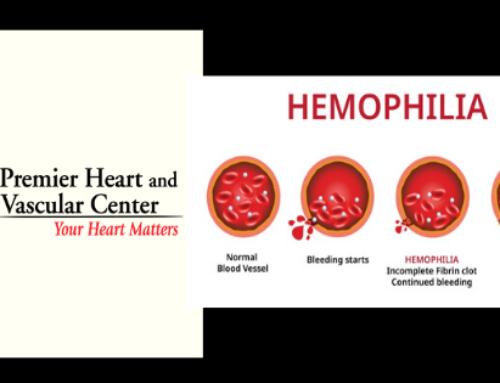By Chetan Khamare, MD, FACC
Premier Heart and Vascular Center, Carrollwood
We’re focused on National Diabetes Month in November. Today, we’re exploring the little known connection between diabetes and peripheral artery disease (PAD).
Diabetes affects almost 30 million people in the U.S., with some 8 million more who are still undiagnosed. Peripheral artery disease is less well-known but still affects many–between 8 and 12 million Americans have PAD. Most are older than 50.
Diabetics have a higher risk of developing atherosclerosis, which is the most common cause of PAD.
What Is Peripheral Artery Disease?
Peripheral artery disease is a condition that causes painful muscle cramping in the thighs, hips or calves. This kind of pain is relatively common during physical exertion; however, with PAD, it doesn’t stop after you stop exercising.
PAD is similar to coronary artery disease and carotid artery disease in that they are all blockages of the arteries. With PAD, fatty deposits build up in the arteries that lead to the legs, feet, neck, arms or belly. Most commonly, the blocked arteries are the ones leading to the legs and feet, which is why muscle cramping most often occurs in the legs.
As the fatty deposits build up in the arteries, blood flow to the legs slows, causing the pain. PAD pain is most common while you’re walking, and always during and after exercise.
Untreated, PAD can lead to gangrene. In the most severe cases, amputation of the patient’s foot or leg may be necessary.
The most common symptoms of PAD are:
- Coldness in legs and toes or arms and fingers
- Pain in the legs and feet
- Thinning or loss of hair on legs
- Erectile dysfunction
The Causes of PAD Are Many, and Diabetes Is One of Them
People with diabetes have a much higher risk of developing PAD, but you should be aware of these other risk factors as well:
- Being overweight or obese
- Smoking
- Inactivity
- Family history of PAD or any cardiovascular disease
- High blood pressure
- High LDL cholesterol levels
- History of coronary artery disease or stroke
How to Prevent PAD
If you don’t have PAD, but do have diabetes, you should minimize the risk factors above. Stop smoking. Eat a well-balanced diet. Get enough sleep. And try to reach and maintain a healthy weight. Your doctor might also prescribe specific medication and special footwear.
If you want to know more, or if you already have PAD and require treatment, feel free to contact us.







